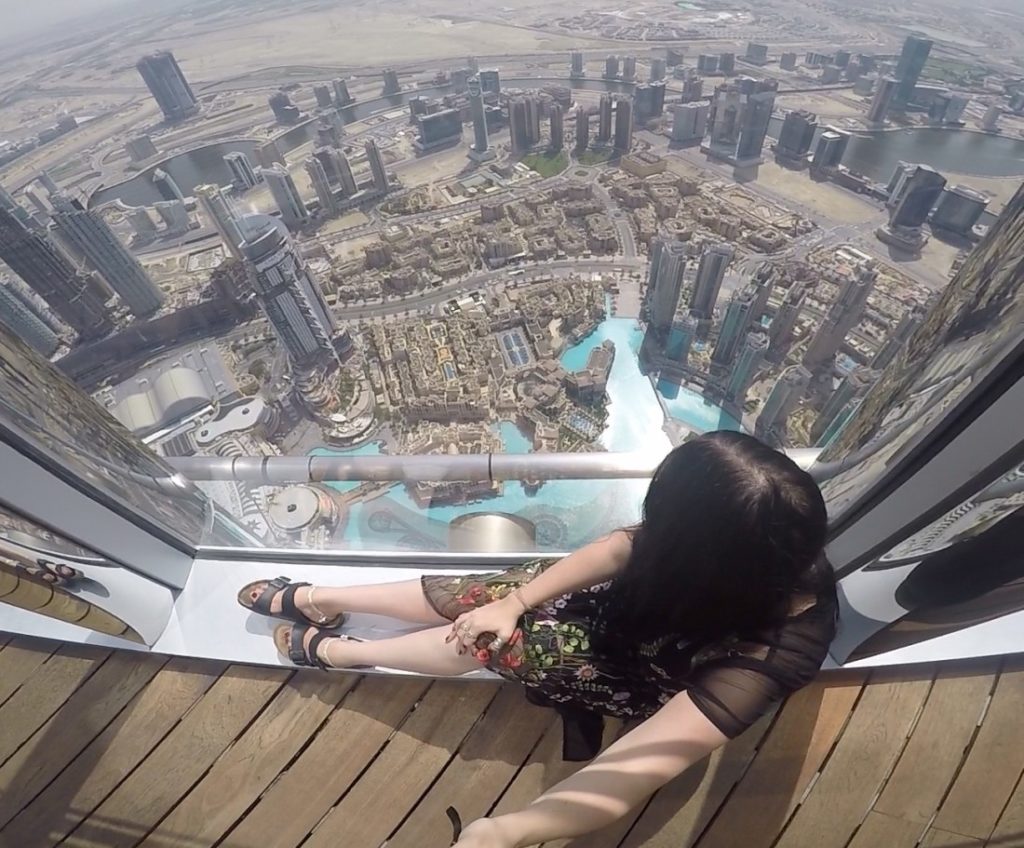In a remarkable environmental initiative, the Environment Agency – Abu Dhabi (EAD) has shown how modern technology can be used for the greater good when it planted nearly one million mangrove seeds…using drones.
This is part of EAD’s plans to work with local, regional and international partners, and establish Abu Dhabi as a global hub for research and innovation in support of the conservation of mangroves and focuses on the importance of mangroves for carbon sequestration to combat climate change.
This is part of the first phase of a project supporting the Abu Dhabi Mangrove Initiative, which was announced in February 2021. The UAE Ministry of Climate Change and Environment has a nationwide target to plant 100 million mangroves by 2030.
EAD is the first organisation to utilise drones and plant mangroves at a large-scale utilising ecological principles. The planting of one million seeds follows a successful initial phase implemented by EAD in partnership with ENGIE, the global energy company, and Distant Imagery, a drone engineering solutions company.
This initial phase focused on planting mangroves via drone in 2020 and had a 48 percent success rate. EAD then scaled up the project, with one million mangroves planted via drones at different locations around Al Mirfa, in Al Dhafra Region.
Dr Shaikha Salem Al Dhaheri, Secretary General of EAD, commented: “Despite the fact that the world’s mangroves are declining due to natural and human challenges they are facing, Abu Dhabi has a different story to tell as the plantation of mangroves has continued in the UAE at large and in Abu Dhabi in particular, in a slow but steady manner.
“A prime example is our latest project of planting one million mangrove seeds via innovative drone technology. This project is one of a number of programmes run by the Abu Dhabi Mangrove Initiative in support to the UAE’s pledge to plant 100 million mangroves in 2030.
“The success rate for this year’s planting looks great so far and based on the data, we will do a refilling of areas. This project is a continuation of our efforts to mitigate the disastrous effects of climate change as mangroves have proven to be very efficient at carbon sequestration, thus reducing the levels of carbon dioxide entering the atmosphere.”
The use of drones has several advantages. The environmental footprint of the methodology is low as it removes the need of intense labour, and the need of sapling transportation. It is also cost-effective as it reduces the overall price of mangrove planting, eliminates the need of mangrove nurseries and associated costs, and facilitates reaching remote and difficult areas.
The EAD has been evolving not only its methodology for seed germination and site planting patterns with each round, but also seed dispersal mechanisms and drones so that they can fly longer. The drone is self-designed and engineered to drop seedlings from the air, monitor the growth of mangrove saplings, map the habitat and create 3D imaging.
Mangrove plantation was a personal passion of the late Sheikh Zayed Bin Sultan Al Nahyan, Founder of the UAE. Dr Al Dhaheri pointed out how he commenced plantation along the coasts of the islands and mainland using the knowledge of local communities and his foresight.
Source:https://www.arabianbusiness.com/culture-society/ead-uses-drones-to-plant-one-million-mangrove-seeds-in-abu-dhabi


